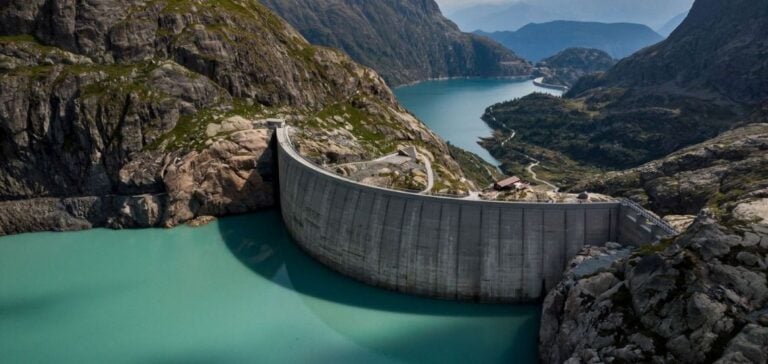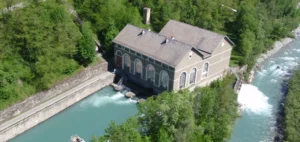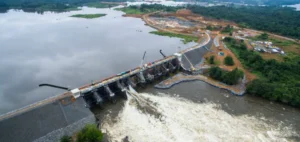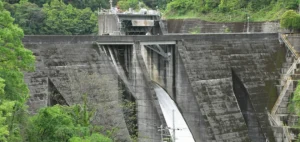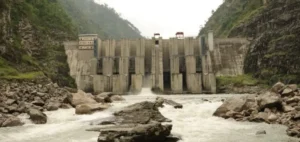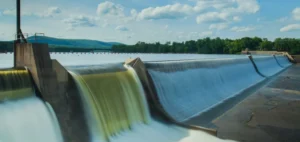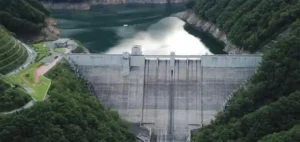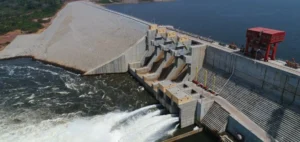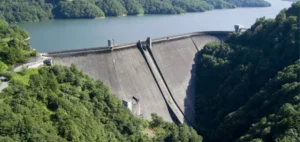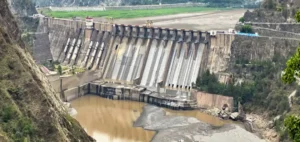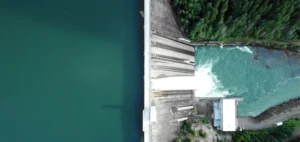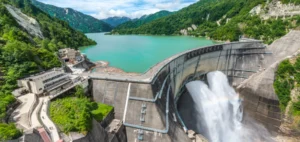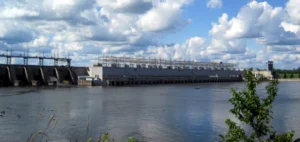France’s largest dams, megastructures that supply over 15% of France’s electricity, are among the biggest in Europe. France is the world’s 10th-largest hydroelectric power producer and Europe’s 3rd-largest, nipping at Norway’s and Sweden’s heels with 25 GW. There are 447 dams in France. Half of the 220 dams in France are operated directly by the EDF Group.
Top 10 of France’s largest hydroelectric dams
Aigle dam – 360 MW
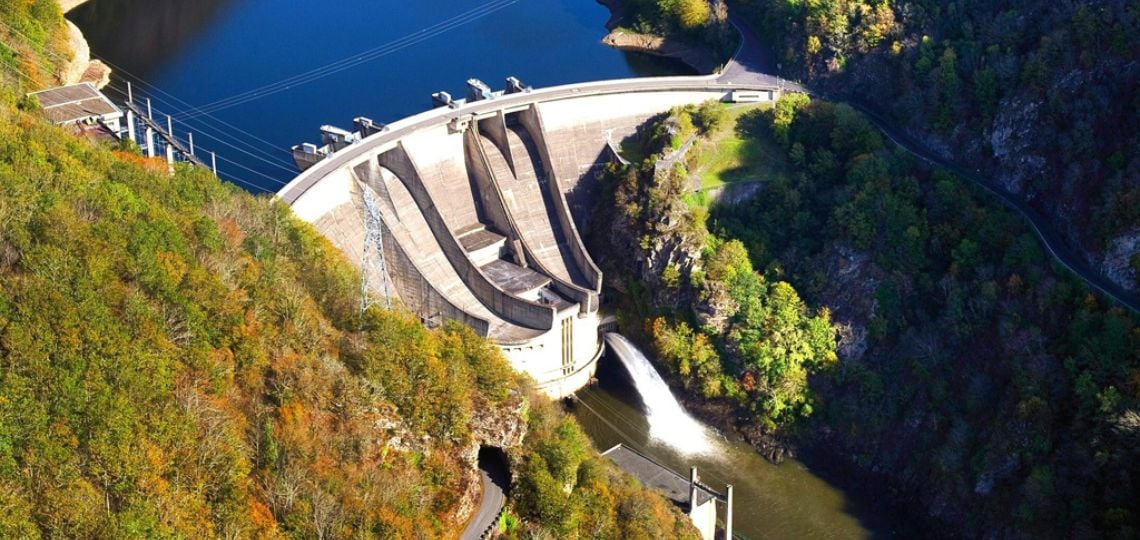
Also known as the Resistance dam, the Aigle dam was built during the Second World War. At 92 metres high and 289 metres long, the Aigle dam has an installed capacity of 360 MW.
Built between 1941 and 1945, the dam has an unusual construction history. The dam’s designer had to delay the work to avoid giving ground to the enemy. What’s more, the dam’s designer was to become CEO of EDF a few years later.
Monteynard dam – 364 MW
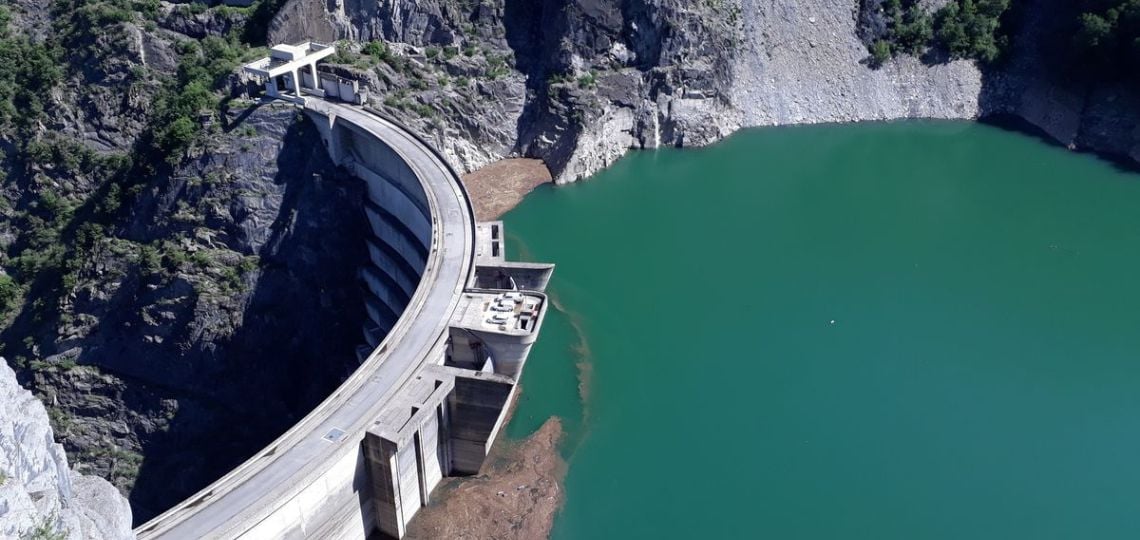
The Monteynard dam is an arch dam located in the commune of the same name in Isère. With a capacity of 364 MW, it ranks 9th in our ranking of France’s largest dams. The valley in which it is located generates a total cumulative power of 1,800 GWh, enough to supply France’s 3rd largest city, Lyon.
Serre-Ponçon dam – 380 MW
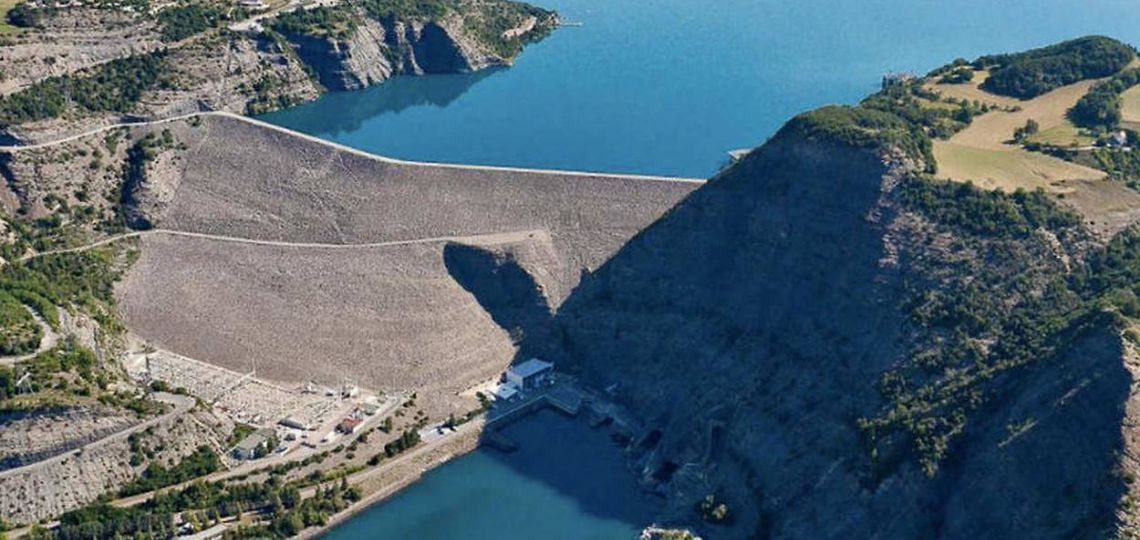
Located on the Durance River in Provence, the Serre-Ponçon dam is an embankment dam that has been in service since 1960. Owned by EDF, it has an installed capacity of 380 MW, producing 700 GWh/year of electricity.
The Serre-Ponçon dam makes a major contribution to flood control on the Durance and to irrigation in Provence. It is also designed to withstand a tremor of force 7 on the Richter scale.
Chevril dam – 400 MW
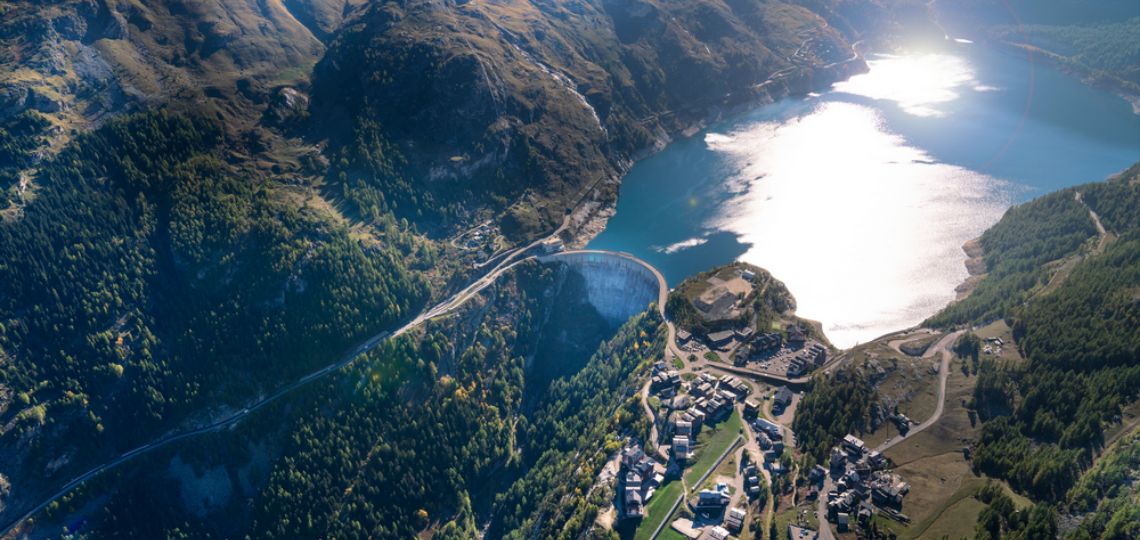
The Chevril dam, also known as the Tignes dam, is the highest dam in France: 160 m above ground and 180 m above the foundations. Located in the upper Isère valley, this arch dam has an installed capacity of 400 MW.
Beyond its impressive height, it also has a rich history. Built in 1941, in the midst of the Second World War, it became the talk of the town in 1952, when its commissioning led to the eviction of the inhabitants of the village of Tignes and its subsequent engulfment. At the time of its construction, it was also the largest dam in Europe.
Génissiat dam – 420 MW
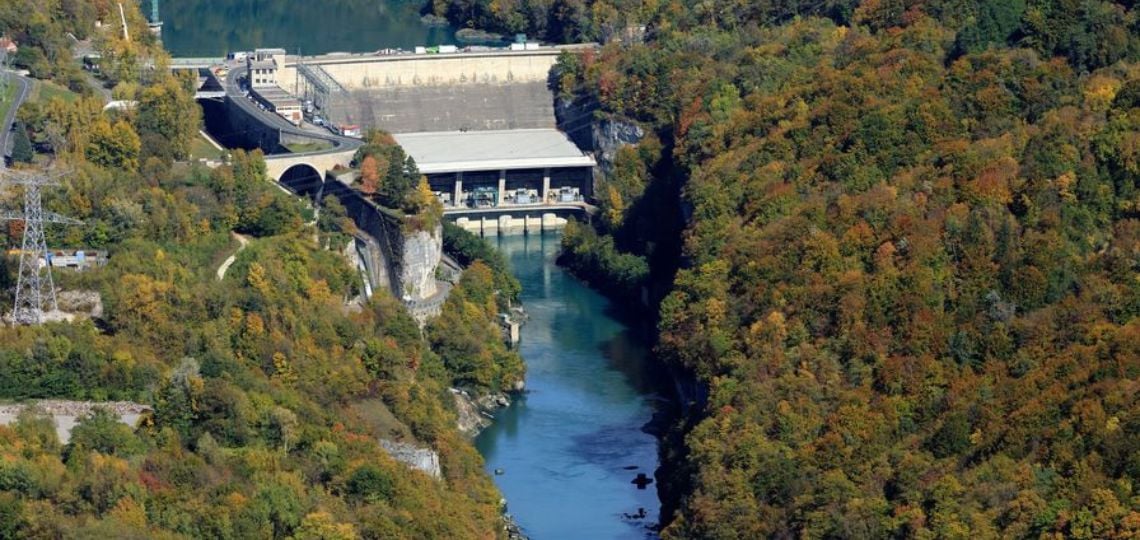
The Génissiat dam is a gravity dam on the Rhône at Injoux-Génissiat. With an installed capacity of 420 MW, it generates around 1.7 TWh of electricity every year.
Commissioned in 1948, it played a major role in France’s recovery from the Second World War. In particular, it has made it possible to supply the whole of Paris. Vincent Auriol went so far as to call it the “French Niagara”, with its 104-meter height and great power. In 2012, the dam became part of France’s cultural heritage.
Roselend dam – 600 MW
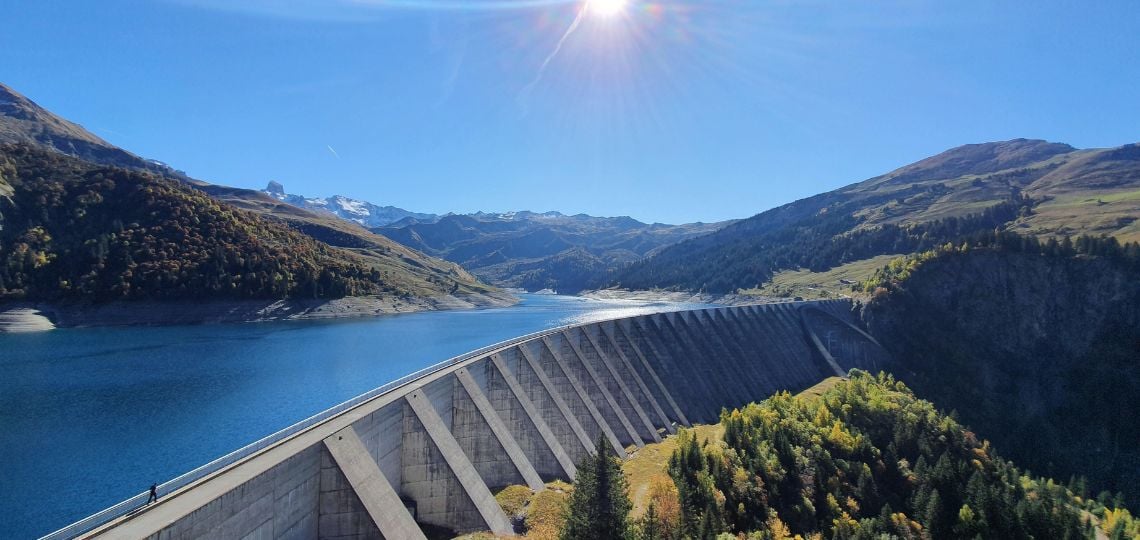
The Roselend dam is a double-curved arch dam with buttresses located at Beaufort-sur-Doron in Savoie. With a capacity of 600 MW, the Roselend dam is part of the Roselend La Bâthie hydroelectric complex, which includes this dam and two other satellite dams: La Gittaz and Saint-Guérin. Capable of producing no less than 1 TWh of electricity per year, the Roselend dam ranks as the 5th largest dam in France.
The Roselend dam is also known as the most “aesthetically pleasing” of the Savoie dams. A total of 940,000 m3 of concrete was needed to build the structure.
Bissorte dam – 748MW
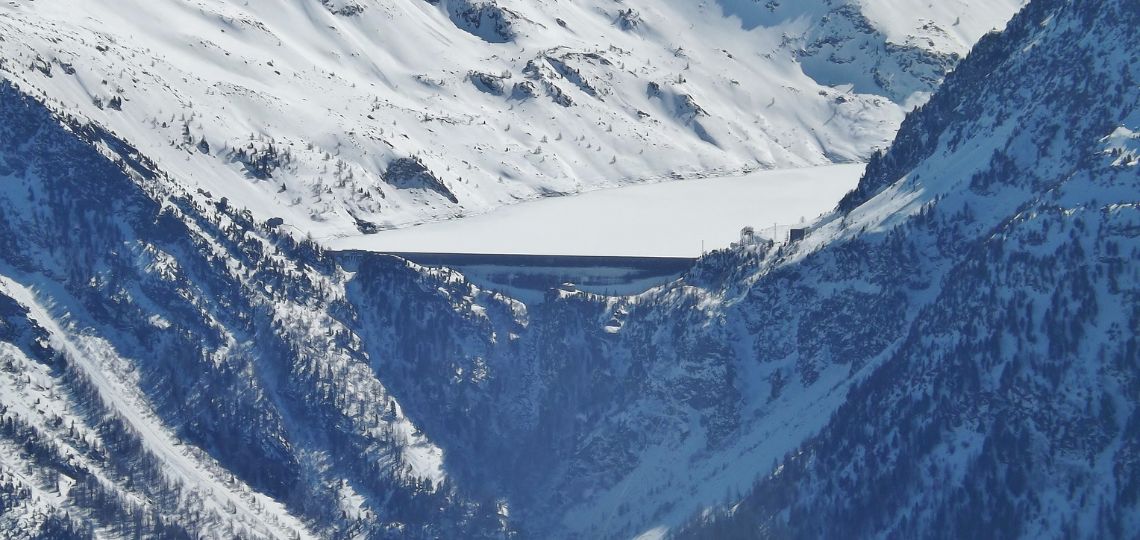
Located in the Maurienne valley in Savoie, the Bissorte dam is a gravity dam that feeds a hydroelectric power plant of the same name (75 MW) built between 1931 and 1938.
Between 1980 and 1987, the scheme was reconfigured to include a 750 MW pumped-storage power station. Called Super-Bissorte, it is the 4th most powerful power plant in France. Historically well known, the idea for this dam dates back to the 1920s, a period of intense stock market speculation. In the event of a blackout, the Bissorte dam enables the entire French power grid to be re-supplied.
Marquisades and Whitaker dams – 800MW
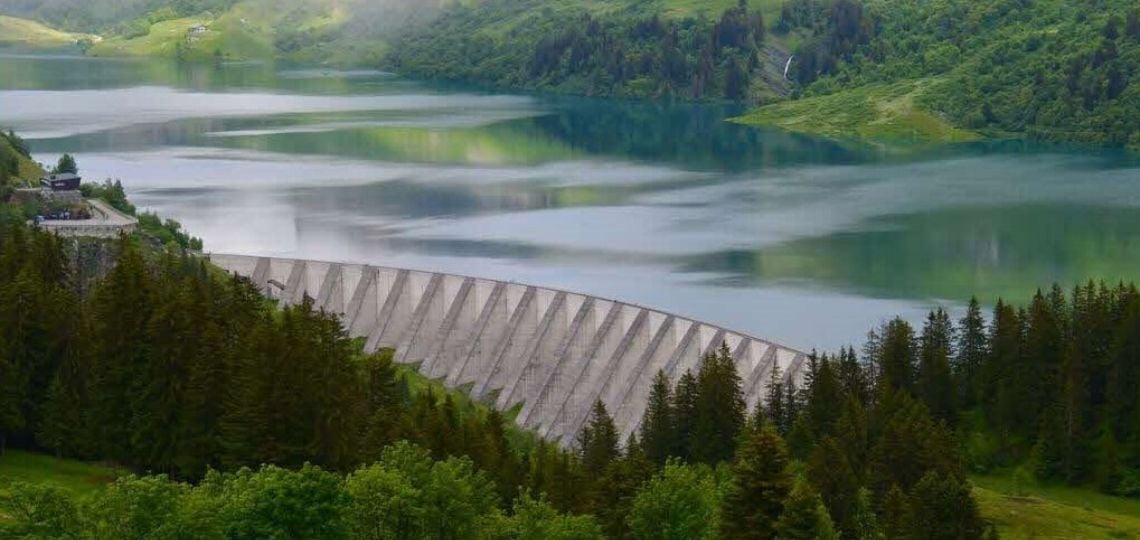
The Marquisades and Whitaker dams supply the Revin power plant, with an installed capacity of 800 MW. With an annual production of 1 TWh, these dams rank 3rd among France’s largest. Commissioned in 1976, the Revin power plant has 4 reversible Francis turbines.
Montézic dam – 910 MW
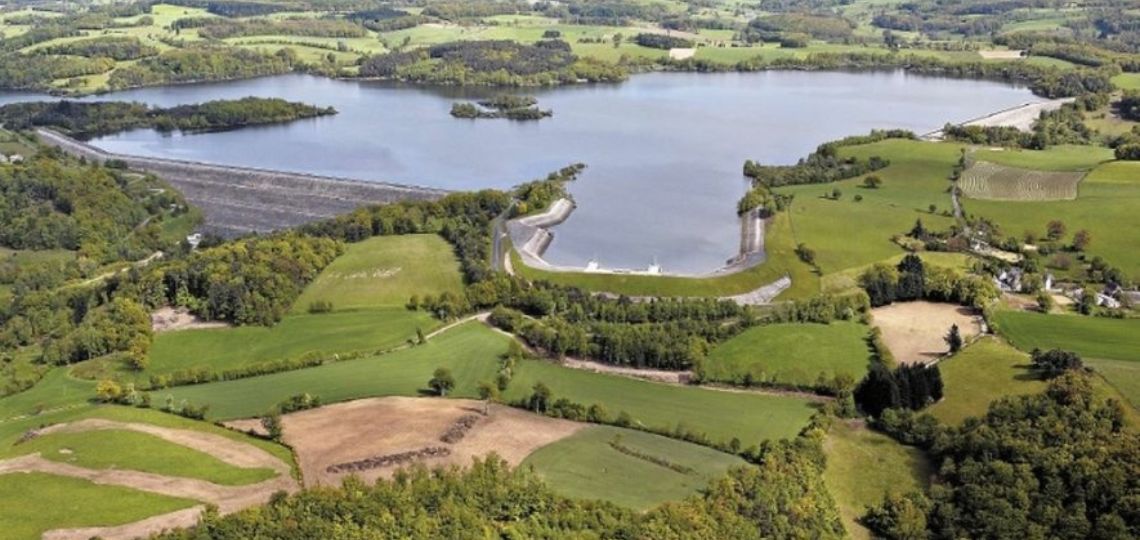
Located on the Vergnes stream in Aveyron, the Montézic dam is an embankment dam measuring an impressive 820 m in length. Work on the dam began in 1976 and it was commissioned in 1981. The Montézic dam is the second most powerful dam in France, with an installed capacity of 910 MW.
Grand’Maison dam – 1820 MW
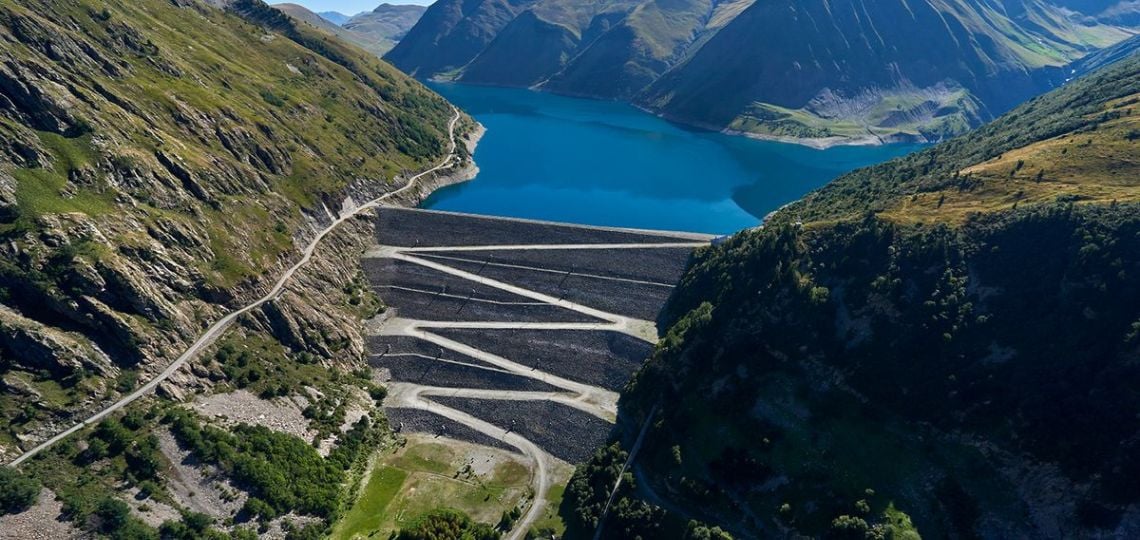
Located on the Eau d’Olle in Isère, the Grand’Maison dam is the most powerful dam in France. The dam has a capacity of 1820 MW.
What’s more, with a height of 140 m, it is one of the highest dams in the country. Owned by EDF, it produces 1.72 TWh of electricity annually and can hold up to 137 million m3 of water.
An installed capacity of 25.7 GW
All in all,hydroelectricity in France has considerable potential thanks to the presence of mountain massifs: the Alps, the Pyrenees and the Massif Central. Most of this potential has already been tapped, with an installed capacity of 25.7 MW in mainland France by the end of 2020. Nevertheless, there is still considerable potential for small-scale hydropower.
Even so, hydropower accounts for 72% of renewable energy in France. In fact, it is the country’s No. 1 renewable energy and No. 2 source of electricity. Nevertheless, the country’s hydroelectric facilities are still very unevenly distributed. Indeed, the Auvergne Rhône-Alpes, Provence-Alpes-Côte d’Azur and Occitanie regions alone account for over 79% of the country’s installed hydropower capacity.
France has already exploited 95% of its hydroelectric potential. It is now working to increase the capacity of existing facilities or to develop small-scale projects. The aim is to promote small-scale hydropower.


